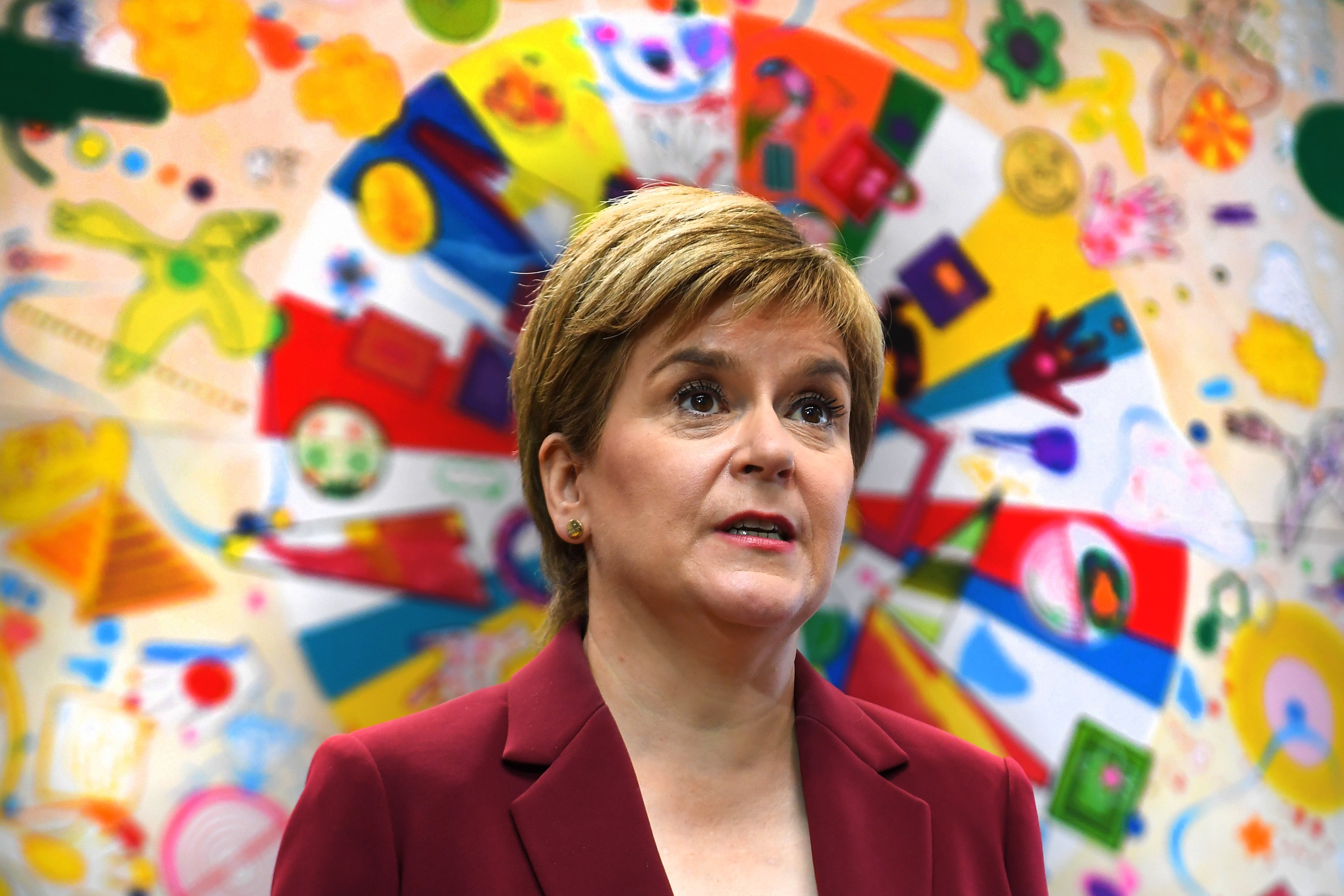Nicola Sturgeon needs to pick a side over the Cambo oil field plan
A new alliance with the Greens and Scotland’s status as the Cop26 host on one hand; the need not to be seen to be blocking investment and jobs in the Scottish oil sector on the other. There isn’t an easy way out of this bind, writes Sean O’Grady


Given the recent UN “code red” warning on the climate crisis, and the lofty rhetoric of British ministers in the run-up to the Cop26 climate conference in Glasgow in November, it may seem odd that those very same minsters are permitting fresh developments to extract oil from the North Sea.
The first minister of Scotland, Nicola Sturgeon, certainly thinks so, conscious as she is that the grand conference is taking place on “her” territory. She has written to Boris Johnson querying the activation of the licensing of the “Cambo” field, west of Shetland. Although it is beyond the remit of the devolved administration, Ms Sturgeon obviously feels obliged to raise her concerns. She has asked the British government to “reassess” the plans, though, rather than to reject them outright. There are reasons for this, and revealing ones in the wider context of Scottish politics.
First, there is no great point in her making demands of Westminster that she knows will certainly be rejected. That merely draws attention to the limits of her power, and diminishes her prestige. Johnson and Michael Gove, the senior Scot in government in London, are going out of their way to marginalise the role of Sturgeon at the Glasgow meeting, and she is alert to their, arguably, petty manoeuvrings, just as they are to her attempts, also arguable, to pass herself off as the host government of an independent Scotland.
Second, Sturgeon doesn’t wish to be seen to be blocking investment and jobs in the Scottish oil sector, still an important engine of economic activity. It is a burden she need not lumber herself with.
However, Sturgeon also needs to make the green case, to burnish her own environmental credentials, and, more pressingly, to appease the Green Party in Scotland. Disappointingly for Sturgeon, because she just missed winning an overall majority in the Scottish parliamentary elections in May, she has to negotiate an agreement with the Scottish Greens to sustain her government on a stable basis. Though there is no chance the Conservatives, the official opposition, could build an alternative coalition government, the deal is still needed to keep the Greens onside for any right votes on the next independence referendum.
This time the SNP and Greens have agreed to form a coalition, with Green ministers in government – the first time this has happened in the UK, and a landmark moment. But there are demands, on the Cambo field, the climate crisis more broadly, marine policy, and how Green MSPs deal with collective responsibility. Sturgeon is anxious to signal that she shares their concerns about new fossil-fuel projects, and to secure a coalition agreement with them by her next cabinet on Tuesday, and at all events by the statutory deadline of 31 August. After that, all being well, Patrick Harvie and Lorna Slater will indeed be the first Green ministers of the crown across all the UK's various nation administrations. How Sturgeon may feel about her new lodgers remains to be seen.

Join our commenting forum
Join thought-provoking conversations, follow other Independent readers and see their replies
Comments